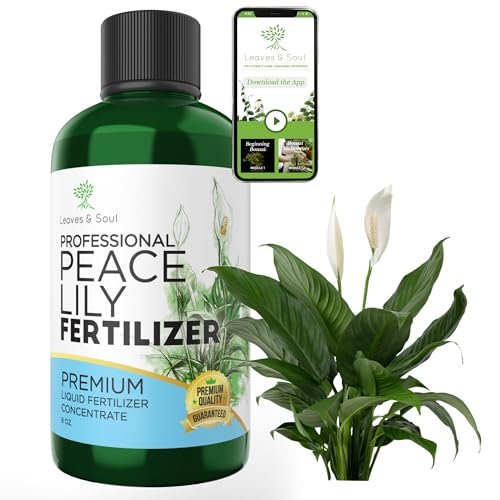5 places to never grow a peace lily – houseplant experts warn these spots could kill it off
Choosing the right position for your peace lily is key to longer lasting blooms
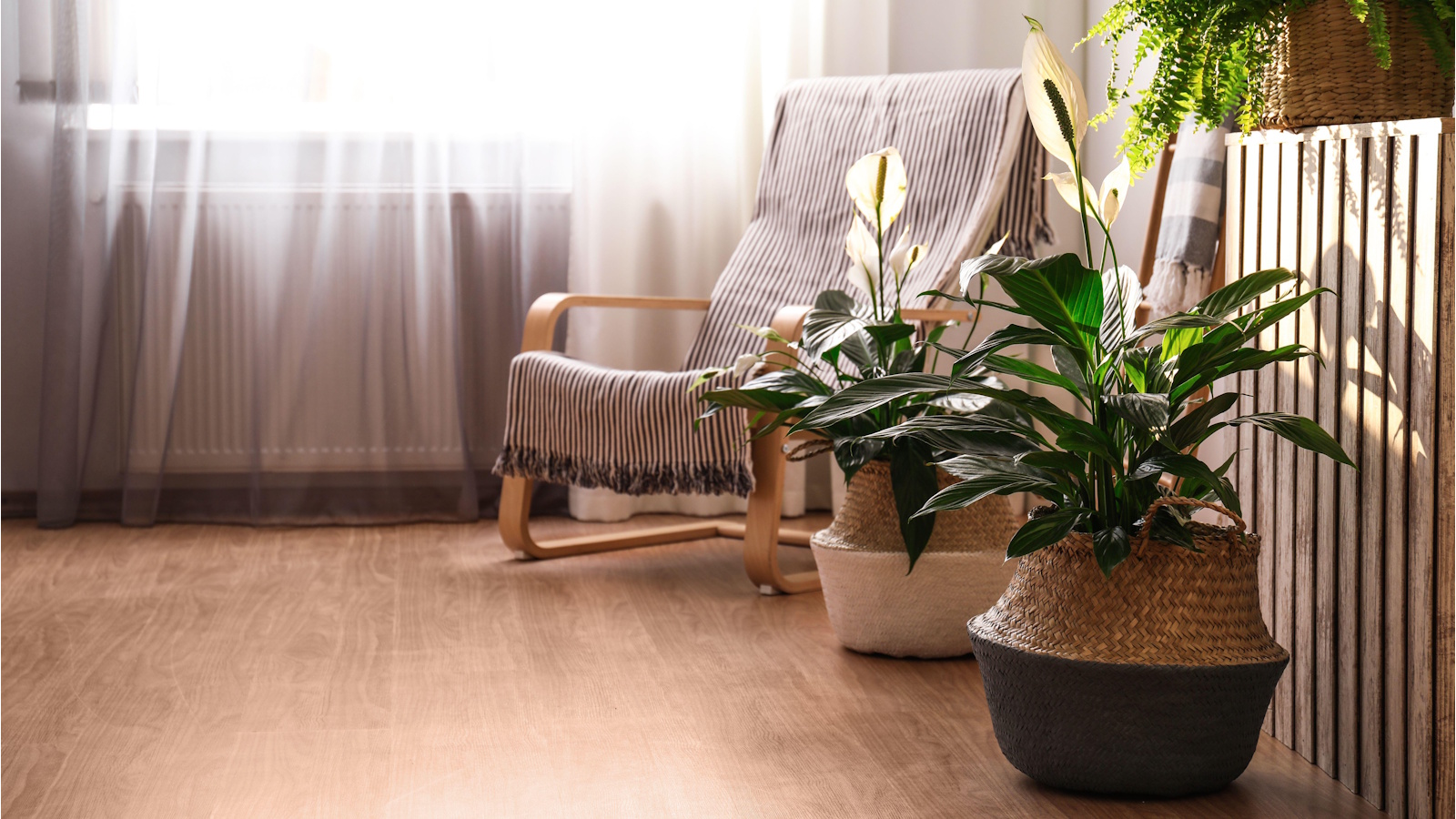

Peace lilies are sophisticated indoor flowering plants, loved for their elegant white blooms and showy, glossy foliage. To achieve longer lasting blooms, you need to make sure your peace lily is growing in the best possible spot of your home. That's why houseplant experts urge to avoid a few certain places to never grow a peace lily.
All of these said spots provide an unfavorable environment that make correct peace lily care tricky to achieve. Whether it's too much sun, chilly temperatures, or the wrong companion houseplants, experts say there are some positions in the home that your peace lily won't get along with.
Choosing to place your houseplant in one of these spots could result in a peace lily drooping, not flowering, and even dying completely. Here, the experts share five places to avoid for these reasons.
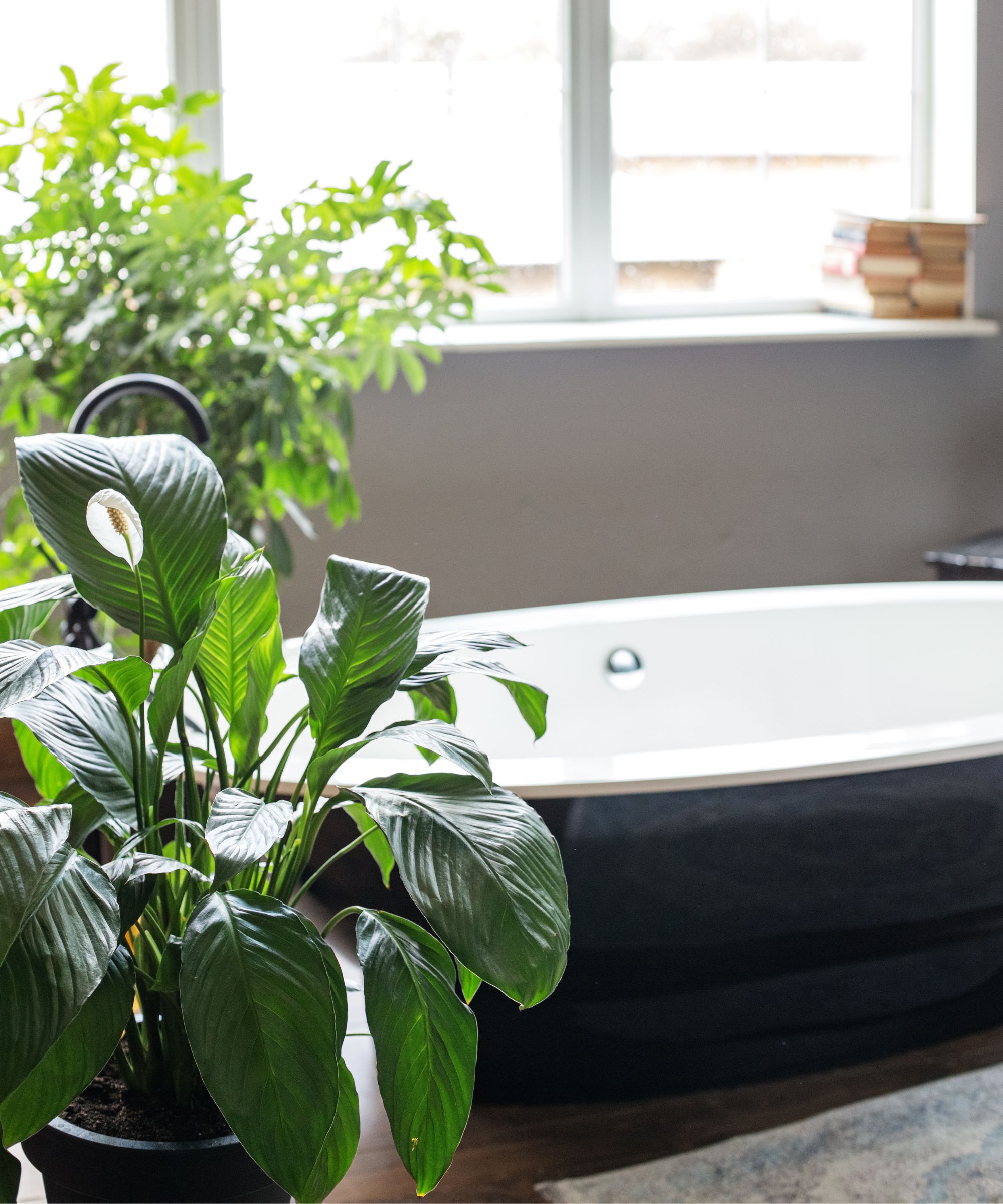
5 places to never grow a peace lily
When it comes to becoming a better plant parent, one of the best policies to follow is 'right plant, right place,' rather than forcing a plant to grow where it won't be happy. To keep a peace lily flowering for longer, you therefore need to provide the right place for it to grow. To help you out, houseplant experts outline here five places to never grow a peace lily:
1. On a south-facing windowsill
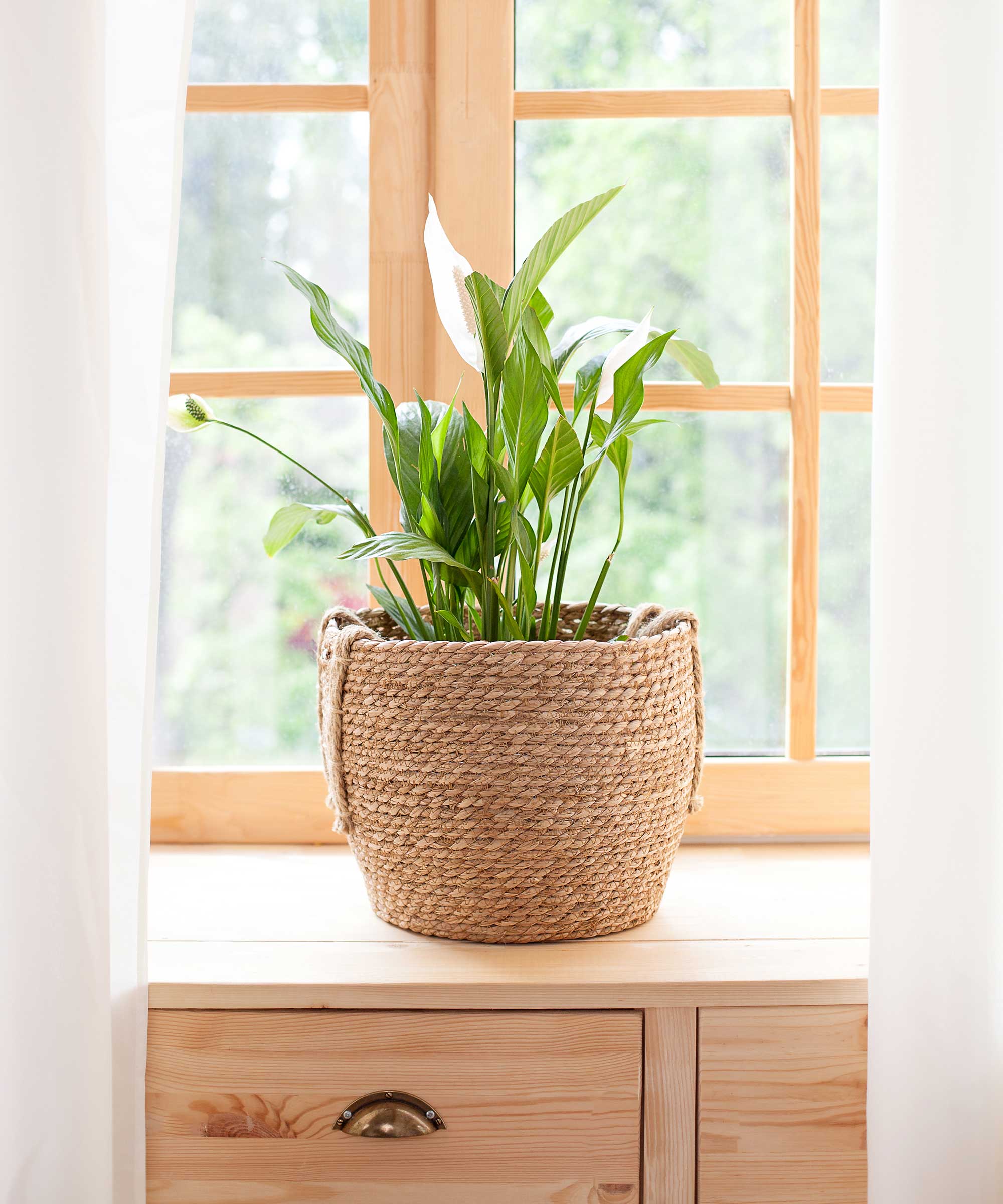
It's a common indoor plant mistake to not take into account a plant's native habitat when choosing a spot for it to grow. One of the keys to success is mimicking a houseplant's natural environment as much as possible in the home.
For peace lilies, this means avoiding too much direct sun, as they natively grow in dappled light of tropical rainforests.
'Peace lilies require medium-low light to thrive, which means that a southern windowsill, which can get very bright and hot, is not the ideal location,' explains Julie Bawden-Davis, indoor plant expert at Healthy Houseplants.
Design expertise in your inbox – from inspiring decorating ideas and beautiful celebrity homes to practical gardening advice and shopping round-ups.
'In fact, such a location can lead to leaf scorch. Peace lilies in too bright of light will also not flower,' she adds.
If your home gets a lot of sunlight and you're struggling to find a lower light spot for your peace lily, consider using these sheer curtains from Wayfair to create dappled light and protect the foliage of your peace lily from intense sun exposure.

Julie Bawden-Davis is a garden author and University of California Certified Master Gardener, who has written several gardening books, including Indoor Gardening The Organic Way. In addition to running HealthyHouseplants.com, she shares indoor gardening advice on her YouTube channel @HealthyHouseplants.
2. In a low-light corner
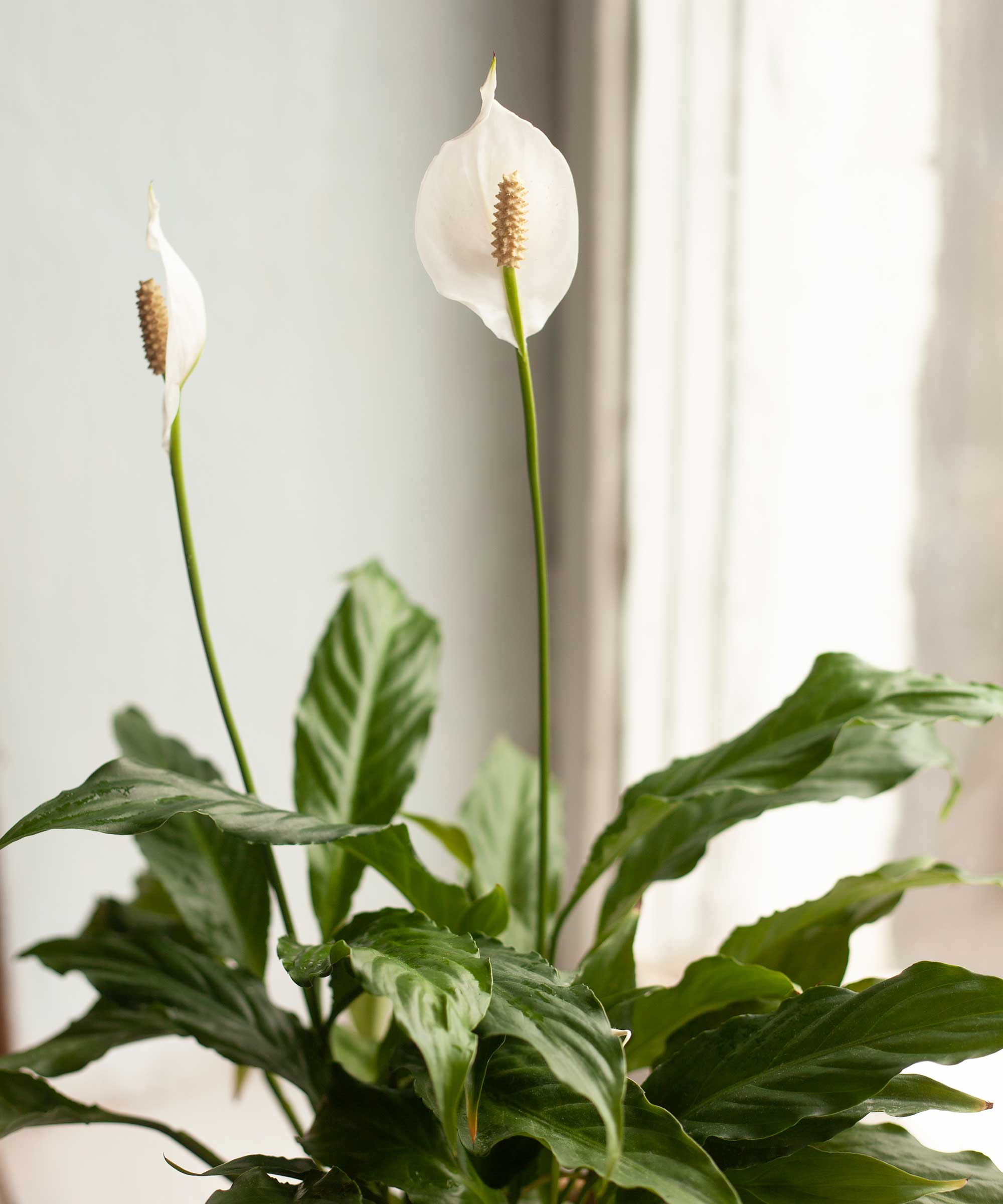
At the same time as avoiding too much sunlight, you should also never place a peace lily in too little light. Although they tolerate lower light than other plants, peace lilies are not indoor low light plants entirely.
'They might survive in this spot, but won’t thrive,' says Anup Mutalik, founder of Houseplants Nook. 'With too little light, they will simply stop blooming, the foliage will look dull. This is also a recipe for houseplant root rot because the soil will stay damp for a longer time without much light,' he explains.
If your plant does experience root rot from too little light, you may spot your peace lily turn yellow, too.
A useful tool for winter houseplant care when light levels are lower is a grow light for houseplants. You can set up this grow light from Amazon to come on for a few hours a day, ensuring your peace lily gets sufficient light, for example.

Anup is founder of HouseplantsNook.com, a Brooklyn-based community home. He specializes in indoor plant care, low-light gardening, and integrating plants into home wellness and décor. Anup is passionate about making plant care accessible, stylish, and sustainable for everyone.
3. In a drafty spot

Temperature is also something to consider when it comes to places to never grow a peace lily. As a tropical indoor plant, your peace lily will appreciate a warmer spot, away from cold drafts.
'Drafty conditions often lead to low humidity, and peace lilies with their thin foliage can be damaged by dry conditions and low humidity,' Julie explains. 'The damage often shows up as brown leaf tips and sometimes overall browning of leaves,' she adds.
Instead, choose a humid spot, such as making your peace lily a bathroom plant. Or, adopt a range of methods to increase humidity for indoor plants.
This could be using a pebble tray for houseplants, regularly misting your peace lily with this plant mister from Amazon, or placing it close to other houseplants.
'Peace lilies need warmth and steady humidity, ideally 65–85°F,' Anup adds. Use this room thermometer from Amazon to keep track of temperatures for your peace lily.
4. In a high-traffic passage
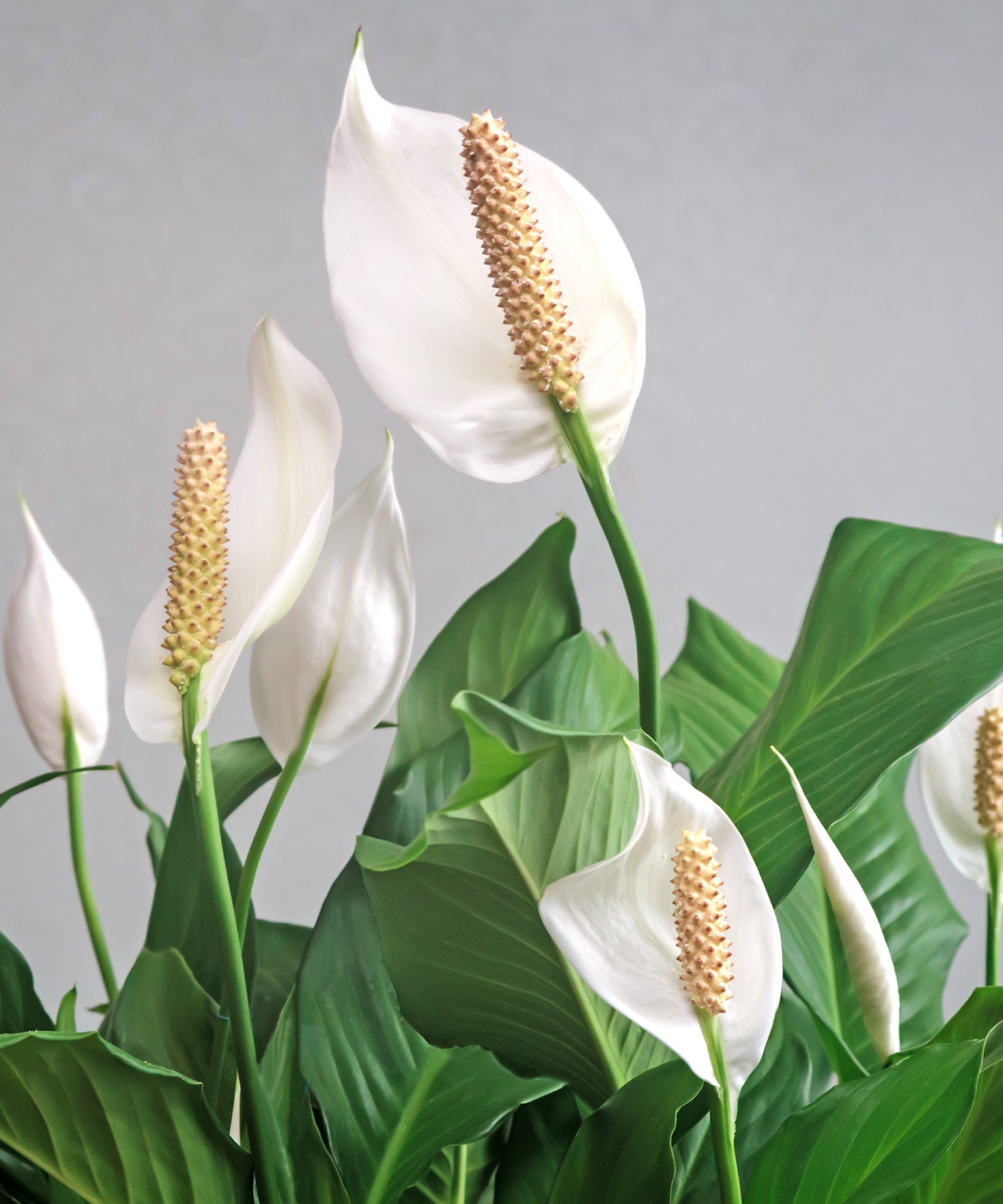
Peace lilies have delicate flowers and foliage, so when choosing a spot for your plant, take into account if it will be regularly disturbed as people walk past.
'Those broad leaves bruise easily if brushed,' Anup warns. 'In our home, the best results come when they’re placed in quiet, humid corners with filtered light, and of course no feline access,' he adds.
Not only are peace lilies on the list of plants toxic to cats, but curious cats may also cause damage to these plants. Anup suggests placing your peace lily higher up and away from neighboring surfaces cats could jump from.
A plant stand for indoor plants is a great solution. It will display your peace lily on its own pedestal, out of the way of high-traffic paths. Plus, there are so many styles of plant stands out there – this black wall-mounted plant stand from Anthropologie allows you display up to three plants at a time.
5. Next to sun-loving houseplants
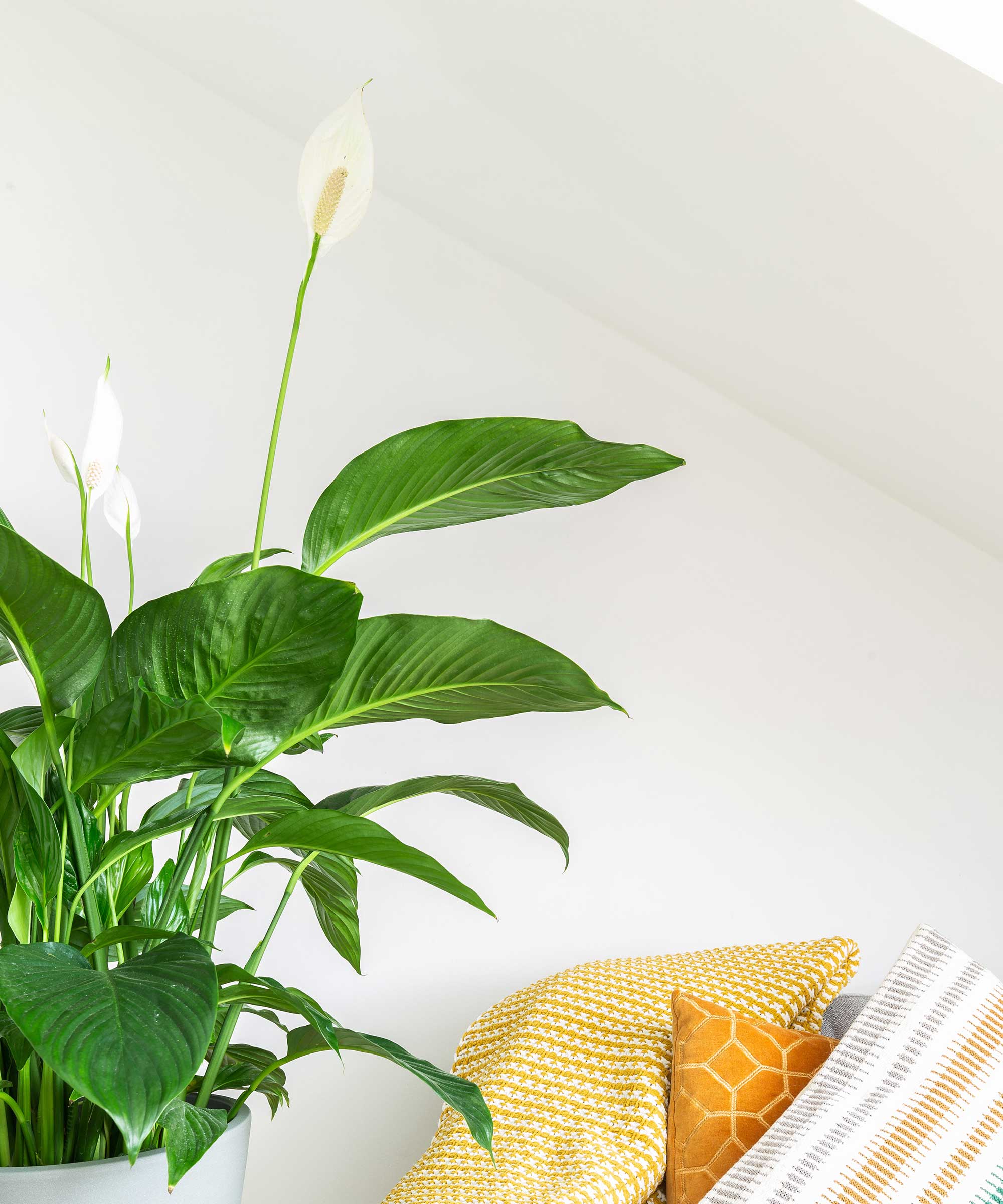
As for houseplants you should keep away from each other, Julie says peace lilies shouldn't be placed next to sun-loving plants in particular.
This is for the obvious reason that peace lilies don't do well in direct sun. On the flip side, if you choose to place indoor plants for direct sun in a lower light spot next to your peace lily, they're unlikely to do well.
This includes houseplants like indoor succulents, yuccas, and snake plants.
Good companion plants for peace lilies include indoor ferns and pothos, which also appreciate being out of direct sun and have similar watering needs.
FAQs
Where can you grow peace lilies outdoors?
When growing peace lilies outdoors, you should choose a spot that is sheltered from wind and direct sun exposure. It's important to note these plants can only be grown outdoors across US hardiness zone 10+ permanently. In milder climates, consider just moving this houseplant outdoors for summer and bringing it back indoors before colder temperatures arrive in fall.
As well as there being a list of places to never grow a peace lily, there are also plenty of spots to place a peace lily, according to Feng Shui. Some of the best places include an entryway, living room, and home office, as peace lilies represent harmony, protection, and are thought to bring overall positivity to a space.
Shop peace lily care essentials

Tenielle is a Gardens Content Editor at Homes & Gardens. She holds a qualification in MA Magazine Journalism and has over six years of journalistic experience. Before coming to Homes & Gardens, Tenielle was in the editorial department at the Royal Horticultural Society and worked on The Garden magazine. As our in-house houseplant expert, Tenielle writes on a range of solutions to houseplant problems, as well as other 'how to' guides, inspiring garden projects, and the latest gardening news. When she isn't writing, Tenielle can be found propagating her ever-growing collection of indoor plants, helping others overcome common houseplant pests and diseases, volunteering at a local gardening club, and attending gardening workshops, like a composting masterclass.
